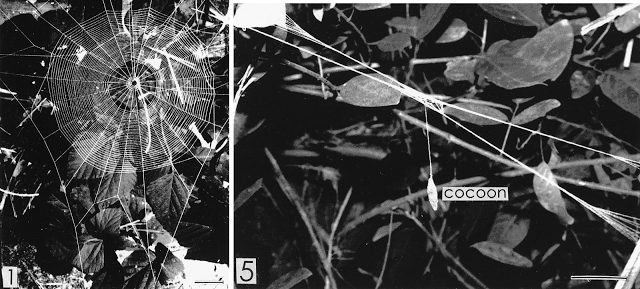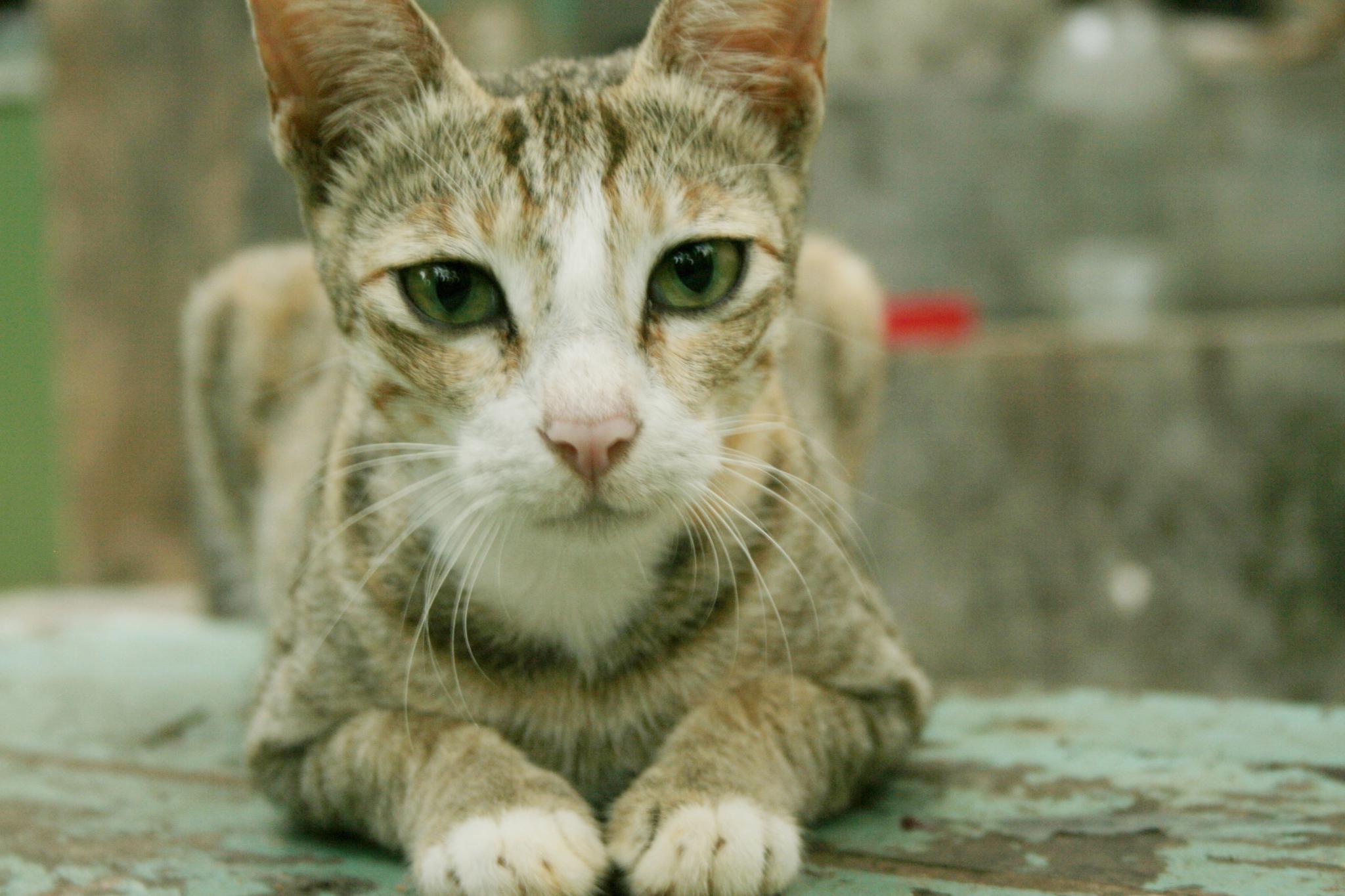There are some remarkable species that have the ability to control the brains of other creatures. These parasites commandeer a host’s brain and take control of functions such as motor skills and decision making. So if you thought that zombies only existed in the movies, then think again! Let’s take a look at some of these “zombifying” creatures and the ways they can take over and manipulate the minds of their hosts.
A Brainwashed Biter
One that you may have heard of is the rabies virus. This infection causes acute inflammation of the brain in its warm-blooded host and leads to symptoms including anxiety, agitation, terror, hyper aggression, hallucinations and increased saliva production. While these symptoms may seem random, they are physical and behavioral modifications caused by the virus with a very specific purpose. All of these traits make the host more likely to attack or bite another warm-blooded animal, which is exactly what the virus is hoping for. This sort of manipulation allows the virus to transmit easily from host to host through infected saliva.
A Manipulated Mother
One of the most remarkable samples of parasitic brain control happens to the orb weaver spider. Its mind is controlled by a tropical wasp larva that will trick the spider into caring for it as it matures. To start things off, a mother wasp must find an orb spider, temporarily paralyze it, and lay an egg on the spider’s abdomen. The egg will hatch here and the larva will begin feeding on the tasty body liquids of the spider through small holes for one or two weeks. Then when the larva is ready to pupate it will secrete chemicals into the spider, changing the spider’s behaviour.
The chemicals cause the spider to take down or abandon the normal web it uses for catching food and start constructing a new web unlike any it has built before. This new design is very strong, with reinforced strands and “decorations” of UV reflective web to reduce the chance of being disturbed. Once this new web has been constructed, the larva will finally kill its host by draining the remainder of its body fluid and then enters its cocoon to begin the transformation to an adult wasp.

Figure 1: Typical and Modified Webs of the Orb Weaver Spider documented by W Eberhard for the Journal of Arachnology
A Fearless Fraud
Another example is the Toxoplasma parasite which infects cats and other warm-blooded animals. The microscopic parasite will infect a mouse first, and wait in the mouse’s body hoping to get eaten by a cat. To help speed the process, Toxoplasma will affect the brain function of the mouse to make it less likely to flee danger, increasing the likelihood of become a cat’s lunch! Humans can also become infected with Toxoplasma, and it is estimated that one third of Canadians are infected by the parasite. For most people, the infection will have a small effect that won’t alter their lives too drastically, displaying only subtle shifts in behaviour, typically resulting in the host being more likely to take risks. As a result, people with Toxoplasma are more than twice as likely to be in an automobile accident, along with general reduced inhibition from potentially risky situations.
Recent research has also showed that acquiring Toxoplasma from your cat as a child is a risk factor for developing schizophrenia and other mental disorders later in life. But don’t get rid of your family cat just yet, this research is just the first step in understanding what this parasite is doing to our brains.

Figure 2: Toxoplasma can only reproduce inside the body of a cat, but it can be passed to other warm-blooded hosts such as humans
This relationship of one animal controlling another is known as host manipulation, and these are only a few examples of where it may take place. There are humans and animals all across the globe being manipulated by parasites, and they may not even be aware of it. So next time you do something silly, you can blame it on your cat (and the parasites that may be controlling your brain)!
Bonus: A Coerced Climber
There is a group of fungi called Cordyceps which act on various insect and arthropod hosts. Examining one species that affects ants, we see that this fungus causes the infected host to act erratically, forcing it to climb to the top of a plant stalk where the fungus will emerge by sprouting from the ants head. By forcing the host to climb the stalk it ensures optimal temperature and humidity for the spores, as well as a nice high point to disperse from. Watch this unbelievable process in the video below!
Photo credit for the feature image: “Cordyceps” by Erich G Vallery, USDA Forest Service – SRS-4552